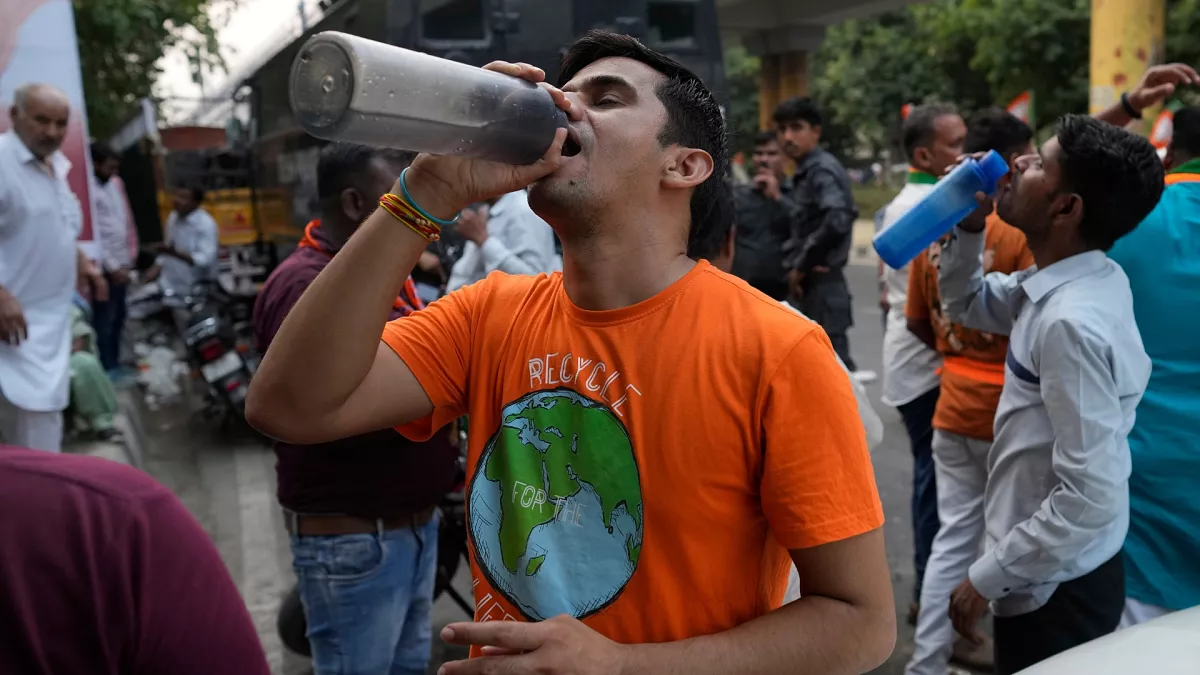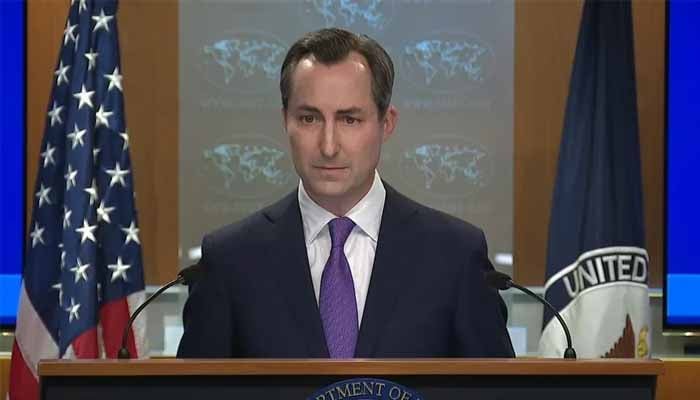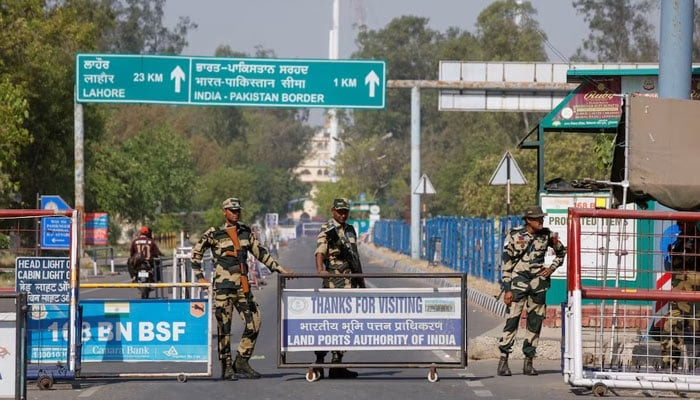At least 15 people have died from suspected heatstroke in the eastern Indian states of Bihar and Odisha on Thursday, according to authorities. The region is enduring a severe heatwave expected to persist until Saturday.
India is experiencing an exceptionally hot summer, with part of Delhi recording the country’s highest-ever temperature at 52.9 degrees Celsius (127.22°F) this week, though the weather department is verifying the reading.
While temperatures in northwestern and central India are predicted to drop soon, the heatwave over east India is expected to continue for two more days, as per the India Meteorological Department (IMD). A heatwave is declared when temperatures are 4.5°C to 6.4°C above normal.
Authorities reported 10 deaths in a government hospital in Odisha’s Rourkela region on Thursday, and five deaths in Bihar’s Aurangabad city due to “sunstroke.” “About seven more people died on their way to the hospital yesterday, but the exact cause of their death will be known after the autopsy,” Aurangabad District Collector Shrikant Shastree told Reuters.
In response to the heat, the Odisha government has banned outdoor activities for its employees between 11 a.m. and 3 p.m. when temperatures are at their peak. Additionally, three people reportedly died of suspected heatstroke in Jharkhand, neighboring Bihar.
Delhi is also facing high temperatures, causing birds and wild monkeys to faint or fall ill. The city zoo is using pools and sprinklers to cool its 1,200 occupants. “We have shifted to a summer management diet, including more liquids and seasonal fruits and vegetables with high water content,” Sanjeet Kumar, the zoo’s director, told news agency ANI.
Delhi recorded its first heat-related death this week and is dealing with an acute water shortage. The temperature is expected to reach 43°C on Friday. Across Asia, billions, including those in neighboring Pakistan, are grappling with extreme heat, a trend scientists attribute to human-driven climate change.
Despite the heatwave, northeastern states like Manipur and Assam are experiencing heavy rainfall due to Cyclone Remal, causing significant flooding. Monsoon rains also hit Kerala’s coast on Thursday, two days ahead of schedule.
Courts and Elections Struggle with Heatwave
The extreme heat in India’s capital has prompted some courts to reconsider traditional dress codes. Since 1961, lawyers have been required to wear heavy black robes and coats. However, at least three High Courts have allowed lawyers to forgo these garments during the summer, and there are calls for the Supreme Court to adopt this rule nationwide.
High temperatures have led to case postponements in courts lacking air conditioning and adequate water supply. India’s Supreme Court and most High Courts have air conditioning, but many lower courts rely on fans and have poor ventilation.
The ongoing general elections are also impacted, with paramedics deployed to polling stations for the final voting day on Saturday to assist any voters affected by the heat. A 40-year-old laborer died of heatstroke on Wednesday.
In northwest India, high temperatures have persisted for several weeks, with the Meteorological Department predicting an increased number of heatwave days this month. The legal system in Delhi is also feeling the effects. At a consumer court in Dwarka, judges are forced to adjourn cases due to non-functioning air conditioners and the intense heat.
In 2021, India’s then-chief justice highlighted the poor conditions of many court facilities, which he described as “severely detrimental” to litigants and lawyers. Delhi-based lawyer Shailendra Mani Tripathi has petitioned the Supreme Court to change the decades-old dress code, arguing that black coats absorb more heat and pose a health risk. Forcing lawyers to wear them, he contends, “is neither fair nor reasonable.”



